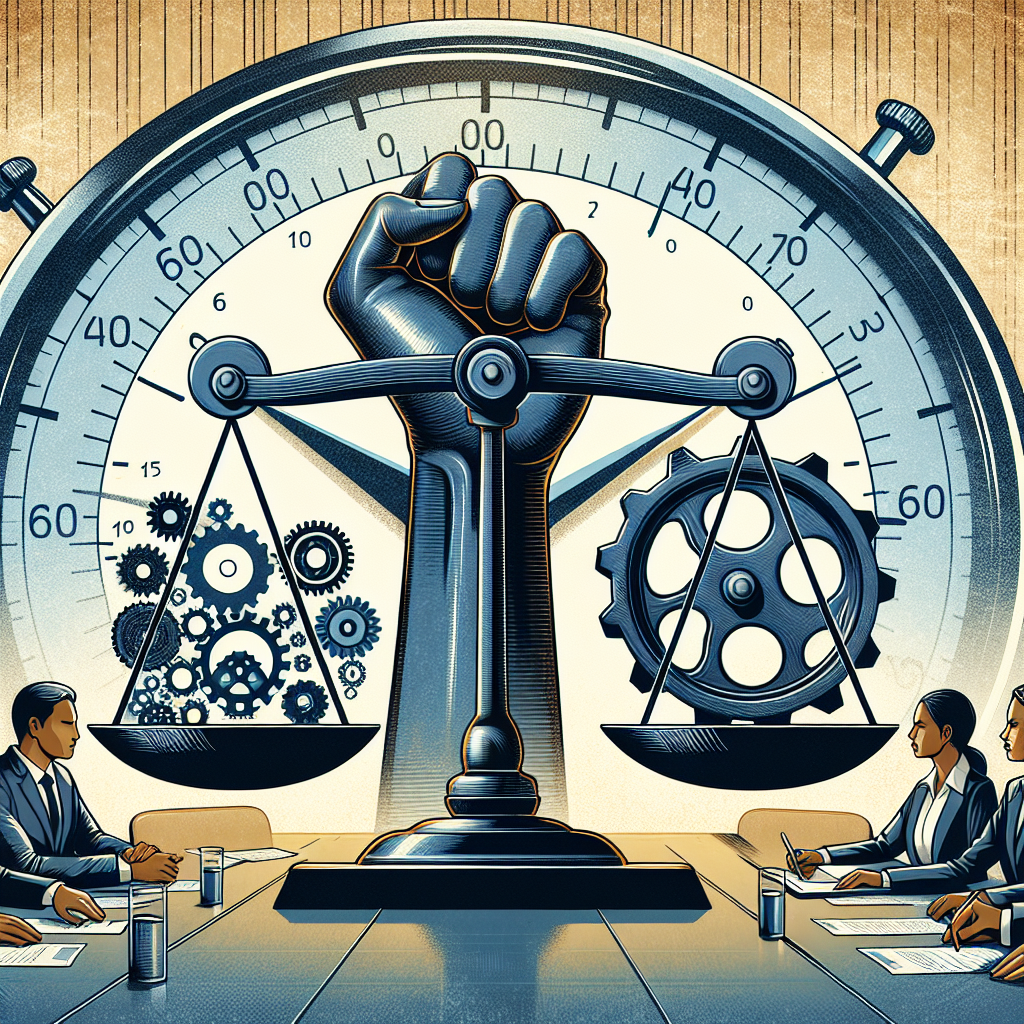Your cart is currently empty!
Everything You Need to Know About Service Level Agreements (SLAs)

Service Level Agreements (SLAs) are a crucial component of any business relationship, particularly in the realm of technology and IT services. An SLA is a contract between a service provider and a customer that outlines the level of service that will be provided, the metrics by which that service will be measured, and the responsibilities of both parties. In essence, an SLA sets expectations for the quality and availability of a service, and provides a framework for resolving issues if those expectations are not met.
There are several key components to an SLA that both service providers and customers should be aware of. These include:
1. Service Scope: The SLA should clearly define the services that are covered, as well as any exclusions. This helps to ensure that both parties have a clear understanding of what is and is not included in the agreement.
2. Service Level Objectives (SLOs): SLOs are the specific metrics by which the performance of the service will be measured. These may include metrics such as uptime, response time, and resolution time. SLOs should be realistic and achievable, and should align with the needs and expectations of the customer.
3. Responsibilities: The SLA should clearly outline the responsibilities of both the service provider and the customer. This may include things like providing access to necessary systems and data, paying fees in a timely manner, and following agreed-upon procedures for reporting issues and requesting support.
4. Escalation Procedures: In the event that service levels are not being met, the SLA should outline a process for escalating issues and resolving disputes. This may include steps such as notifying a designated contact person, scheduling a meeting to discuss the issue, or involving senior management.
5. Penalties and Remedies: The SLA should also specify any penalties or remedies that will be applied if service levels are not met. This may include financial penalties, service credits, or additional support and resources to address the issue.
6. Review and Reporting: Regular review and reporting are essential to ensuring that the SLA is being effectively implemented and that service levels are being met. The SLA should specify how often reviews will take place, what metrics will be used to evaluate performance, and how results will be communicated to both parties.
Overall, a well-written SLA can help to establish a strong foundation for a successful business relationship. By clearly outlining expectations, responsibilities, and procedures for resolving issues, an SLA can help to prevent misunderstandings and ensure that both parties are on the same page. Whether you are a service provider or a customer, understanding the key components of an SLA is essential for ensuring that your business relationships are productive and mutually beneficial.

Leave a Reply